Chogha Zanbil Ziggurat | History, Location, Map, Meaning, & Facts
Chogha Zanbil: An Ancient Elamite Complex
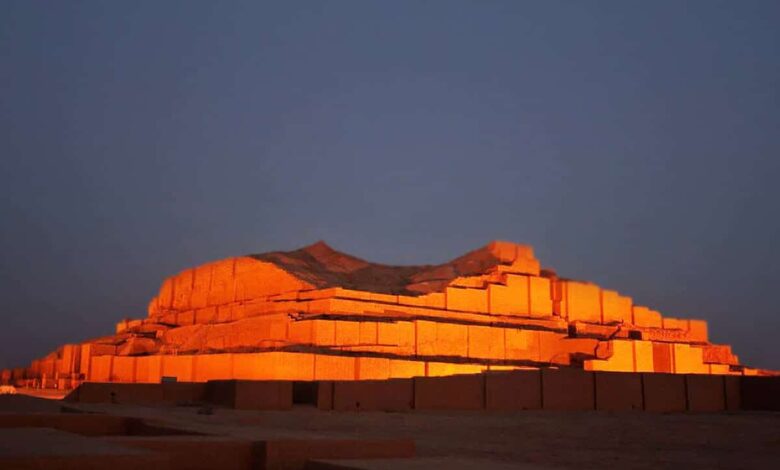
Chogha Zanbil or Tchogha Zanbil, a remarkable UNESCO World Heritage Site in Iran’s Khuzestan, captivates visitors with its rich historical legacy.
King Untash-Napirisha built the ancient Elamite complex, Dur Untash, around 1250 BCE as a spiritual center dedicated to the god Inshushinak, revealing key aspects of the era’s religious, political, and social dynamics.
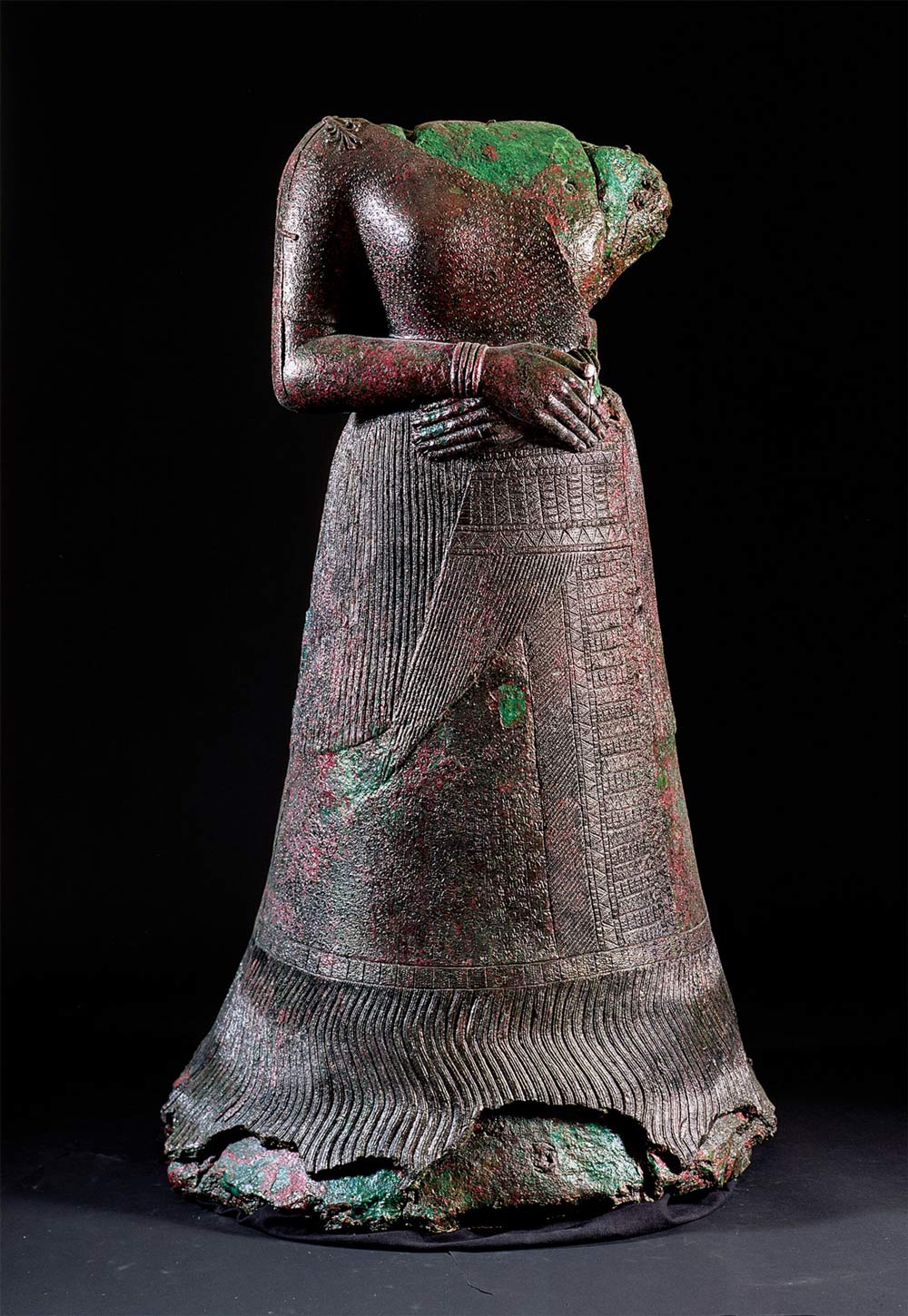
The ziggurat, a towering temple at the heart of Chogha Zanbil, exemplifies architectural brilliance and urban planning of the ancient Elamite empire. Recognized by UNESCO in 1979.
In this SURFIRAN guide we will explore the geographical context of Chogha Zanbil, including its location, the best times to visit, and nearby attractions that add to its appeal.
Contents
Ziggurats: What we know
Ancient Sumerians, Akkadians, Elamites, Eblaites, and Babylonians built ziggurats as massive temple structures to honor deities, predominantly for Mesopotamian and Elamite religions. These ziggurats, forming part of larger temple complexes, evolved from raised platforms dating back to the Ubaid period in the sixth millennium.
In various regions of the ancient Middle East, these structures served for hundreds of years as symbols of celestial mountains.
The name ‘the house of the seven directions of heaven and earth’ belonged to the ziggurat at Til Barsip. People in Babylon revered it as ‘the house of the foundation of heaven and earth’. In lower Babylonia, they called it ‘the house of the bond between heaven and earth’.
Sumerian temples and Ziggurat
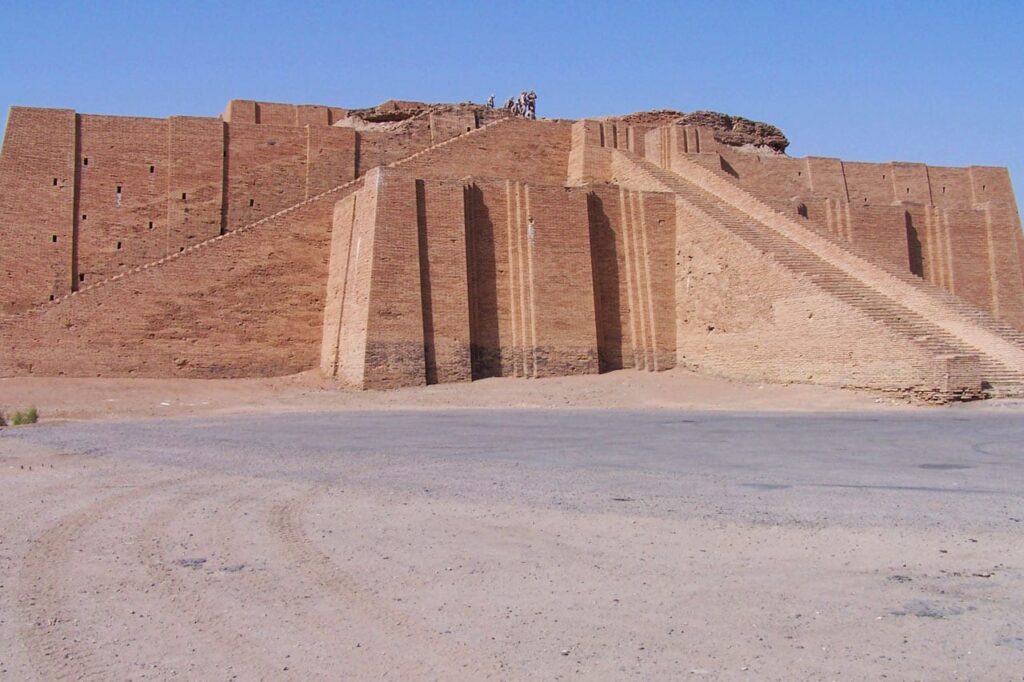
People believed Sumerian temples had astrological significance, serving as a vertical bond between heaven and earth and the underworld, and a horizontal bond between lands.
Scholars suggest that ziggurats might symbolize the primeval mound where the universe originated, heavenly mountains, bridges between heaven and earth, or celestial stairways linking gods and humans. Their exact function remains unclear.
Mesopotamians regarded mud as the purest substance and used it to build these stepped structures. These structures ascended towards heaven, bringing humans closer to the gods and aiding worship.
Ziggurats served as temporal dwellings of a deity or meeting places for gods and humans. These structures included a high temple and a low temple, with no internal chambers.
Ziggurats did not serve public religious rites and rituals; they functioned as the earthly houses of gods.
Ziggurats, Stairways to Heaven
The seven levels of the ziggurat represented the number of heavens, planes of existence, planets, and the seven metals and their associated colors.
Ziggurats resemble Egyptian pyramids and Central American pyramidal structures, sparking many academic debates.
The lack of funerary or sacrificial purposes in ziggurats rules out any link between these structures and others like pyramids.

Built in receding tiers upon rectangular, oval, or square platforms, ziggurats were pyramidal structures with sun-baked brick cores and multicolored glazed-brick exteriors. The number of tiers ranged from two to seven, with a shrine or temple at the summit.
Chogha Zanbil, an ancient Elamite site
The Chogha Zanbil site, located in the Khuzestan plain about 30 kilometers southeast of Shush (Susa) city, is a remarkable remnant of the Elamite period, spanning over 100 hectares.
The name Chogha Zanbil was chosen because the site’s most prominent and tallest structure, its ziggurat, resembled an inverted basket before excavation. Consequently, this name highlights the distinctive shape and historical significance of the structure.
This ancient city, known in the Elamite language as ‘Al-Untash’ and in Akkadian as ‘Dur Untash,’ was established under the orders of Untash-Napirisha, a powerful Elamite king.
The city flourished during his twenty-year reign from 1320 to 1300 BCE. However, its significance declined after his death, even as non-royal construction and temple worship continued.
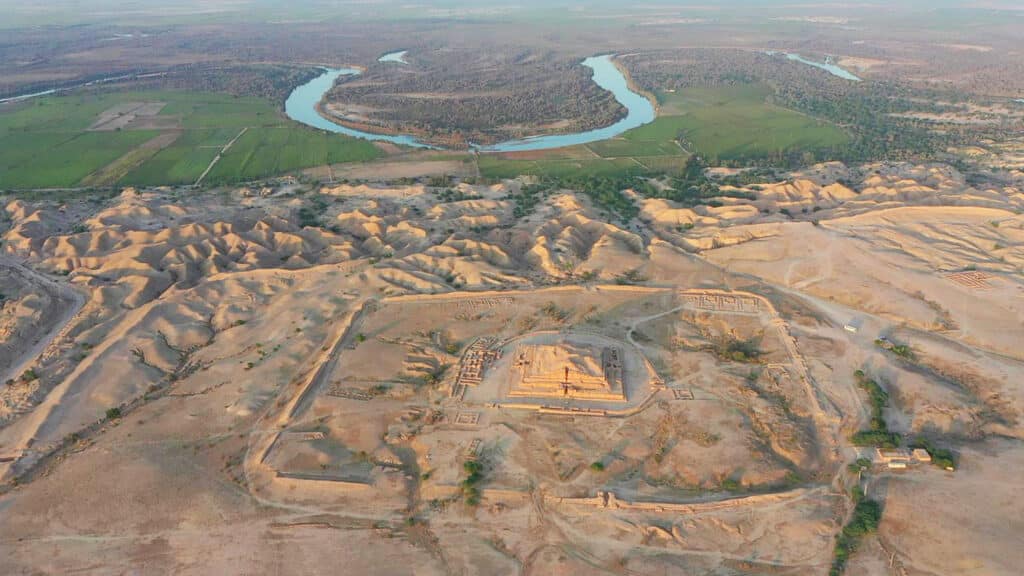
Elam was an ancient civilization stretching from the west to the southwest and south of Iran, from around 2900 BCE to 646 BCE. It comprised city-states in diverse habitats, such as the Zagros Mountains and the plains, with one of these rulers gaining power in each period. Most Elamite kings titled themselves ‘King of Anshan and Shush.’
These two cities, Anshan in the highlands and Shush in the plains, were significant centers of the Elamites. Archaeologists divide the Elamite civilization into three periods: Old Elamite, Middle Elamite, and Neo-Elamite periods. Chogha Zanbil was founded during the Middle Elamite period.
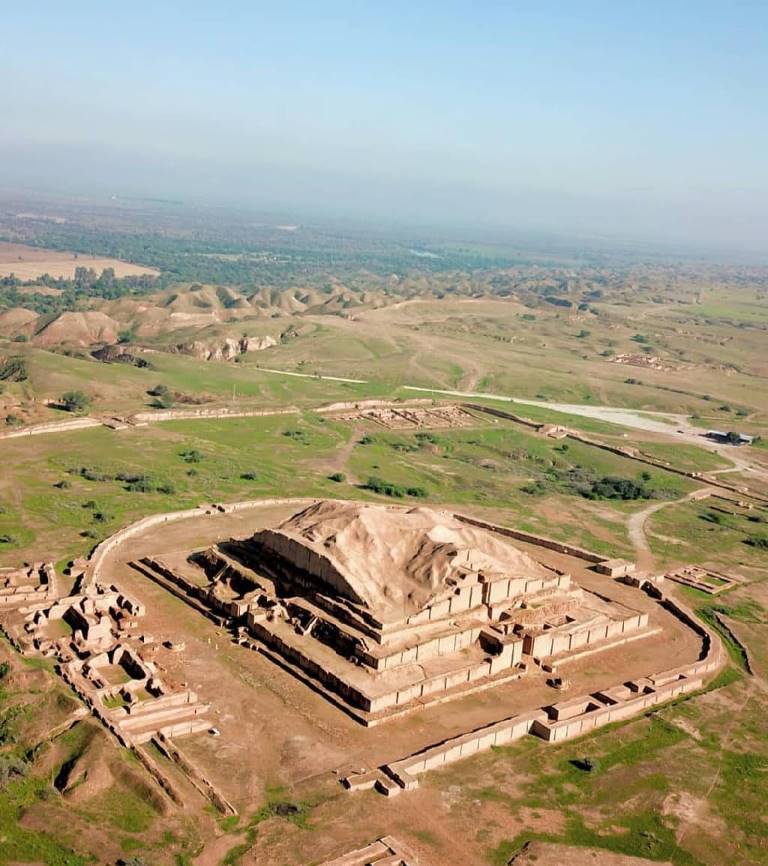
The city of Al Untash was both a royal and religious city. The remaining palaces were built for the Elamite nobility, and its various temples were dedicated to different Elamite gods.
Untash-Napirisha
Untash-Napirisha ordered the construction of temples for both groups of gods worshipped by people living in the mountains and plains. Specifically, the main temple, which is the city’s ziggurat, was built for the worship of Inshushinak, the most important god of the residents of the Khuzestan plains, and Napirisha, the most important god of the highland residents.
Many archaeologists believe that Untash-Napirisha’s goal in building this city was to unite the people of the highlands and plains.
BOOK ONLINE
Tehran Hotels
The city was built with three concentric walls, each with its specialized spaces and constructions. Archaeological excavations have revealed that between the outer and middle walls lies the royal district, containing palaces, a grand entrance, and its own temple.
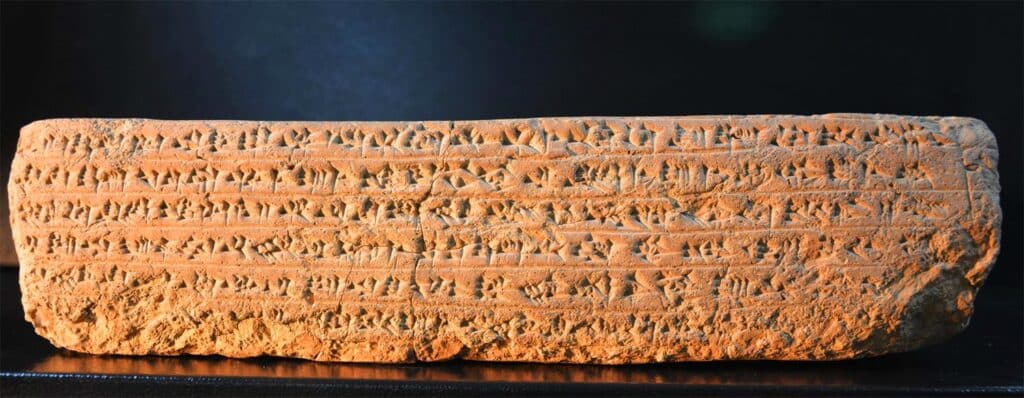
Between the middle and inner walls is the temenos or sacred precinct with temples for various gods. The inner wall houses the ziggurat, the city’s tallest and most prominent building.
The ziggurat’s courtyard contains various architectural elements like platforms, arches, brick flooring, and other temples. The city’s sophisticated water drainage system from the buildings and throughout the city is another testament to its architectural and urban planning genius.
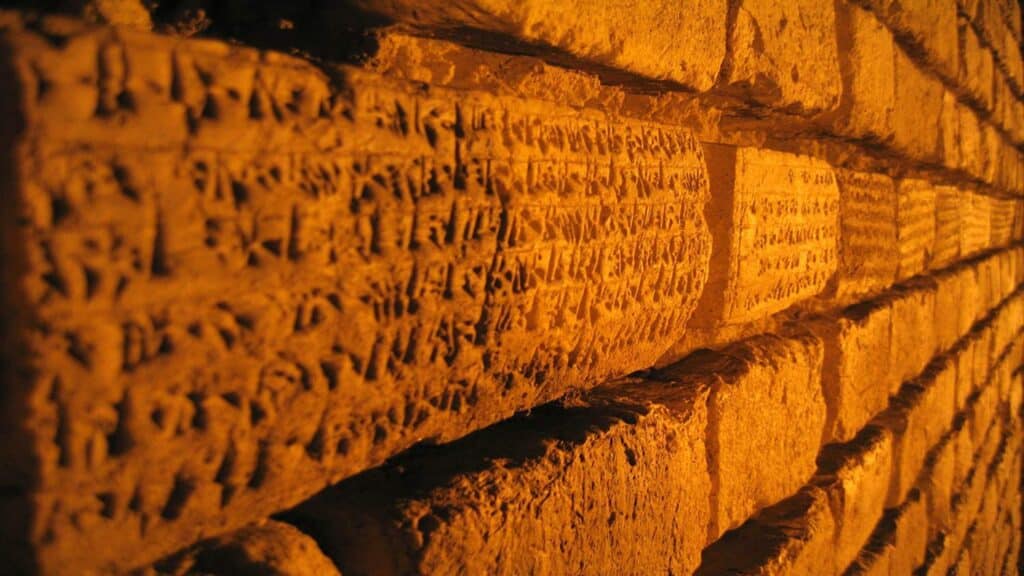
There are rows of inscribed brick round the entire ziggurat. These bricks repeat in every ten row and bear an inscription expressing the reasons for construction, constructor’s name, and applied material and ornaments. The translation of one of these brick inscriptions is as follows:
“I, Untaš dNapiriša, have built a multistory temple of golden brick, silver brick, black opal stone, and white stone, and have dedicated this holy place to the gods Inšušinak and Napiriša. May the curse of the Sacred Precinct of Inšušinak, Napiriša and Kiririša befall on him who destroys, harms or relocates its golden brick, silver brick, black opal, white stone or bricks, and may his decedents disappear from [all the places] underneath the sun.”
Totally, about 6500 inscribed bricks were found from this site.
UNESCO World Heritage Site Recognition
Chogha Zanbil’s designation as a UNESCO World Heritage Site in 1979 highlighted its historical and cultural significance. This ancient Elamite complex, also known as Dur Untash, is famous for its remarkable ziggurat, one of the world’s best-preserved examples of this structure.
Chogha Zanbil, an extraordinary UNESCO World Heritage Site, is located in the Khuzestan province of Iran. This ancient Elamite complex, rich in history and cultural significance, offers a unique experience for visitors interested in exploring the depths of early civilizations.
Geographical Context
Chogha Zanbil lies approximately 30 kilometers southeast of Susa and about 80 kilometers north of Ahvaz. This strategic location places it near the ancient trade routes, highlighting its historical importance in regional connections.
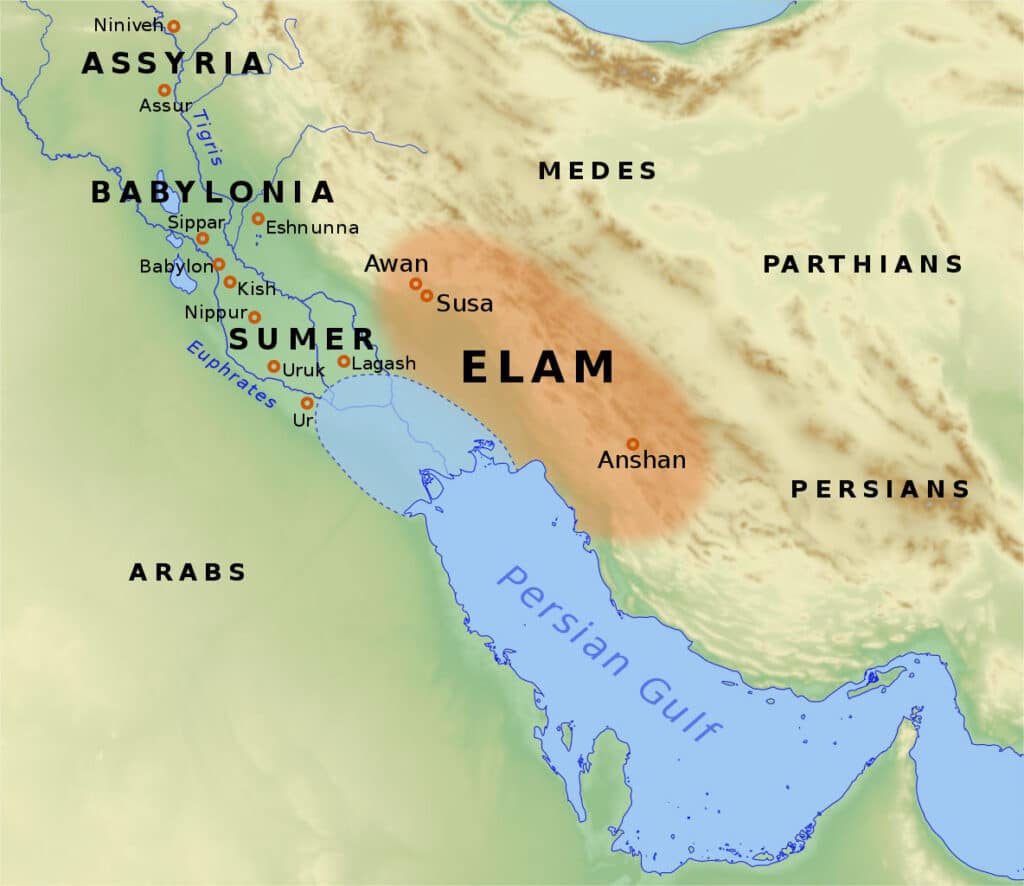
Location and Access
Reaching Chogha Zanbil is relatively straightforward. The nearest major city is Ahvaz, which has an airport with domestic flights. From Ahvaz, visitors can take a short drive to the site. This accessibility makes it an ideal destination for those interested in ancient history and archaeology.
Climate and Best Times to Visit
The region experiences a desert climate, with hot summers and mild winters. The best time to visit Chogha Zanbil is during the cooler months, from October to April. During this period, the weather is more pleasant, making it comfortable to explore the site.
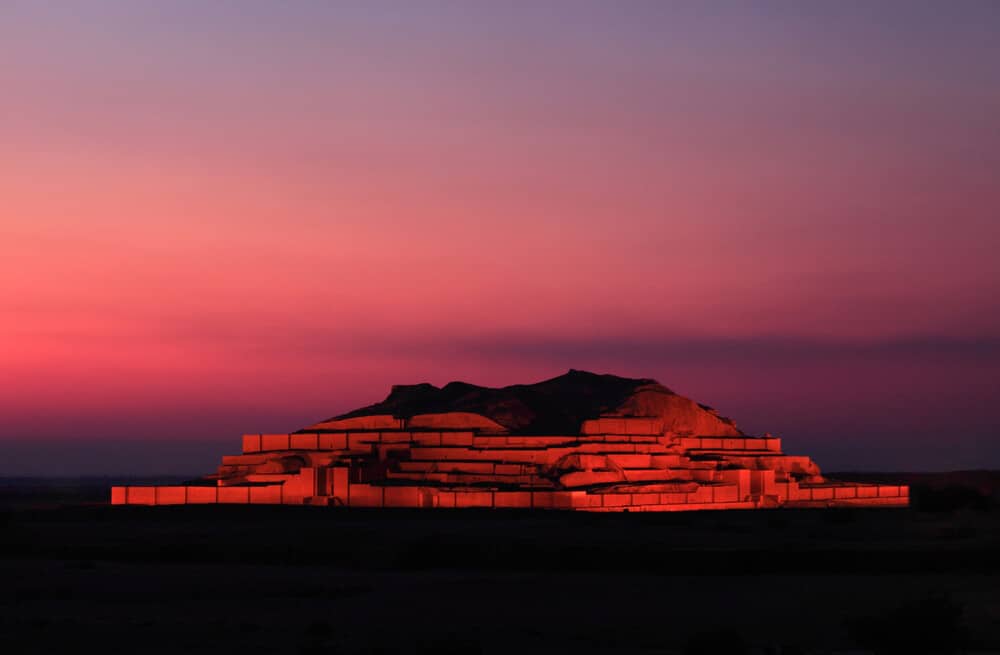
Surrounding Attractions
In addition to the ziggurat, the area around Chogha Zanbil is rich in historical and cultural sites. Nearby, visitors can explore the ancient city of Susa, another significant site in Persian history. The Haft Tappeh museum and the Tomb of Daniel in Susa are also worth visiting to complete the historical journey.
In summary, Chogha Zanbil’s geographical context, easy access, favorable climate conditions, and surrounding attractions make it a must-visit site for anyone interested in the ancient world.
The architecture of the Ziggurat at Chogha Zanbil is a testament to the ingenuity and artistic vision of the ancient Elamites. This magnificent structure, standing majestically in the Khuzestan province of Iran, is one of the few extant ziggurats outside of Mesopotamia.
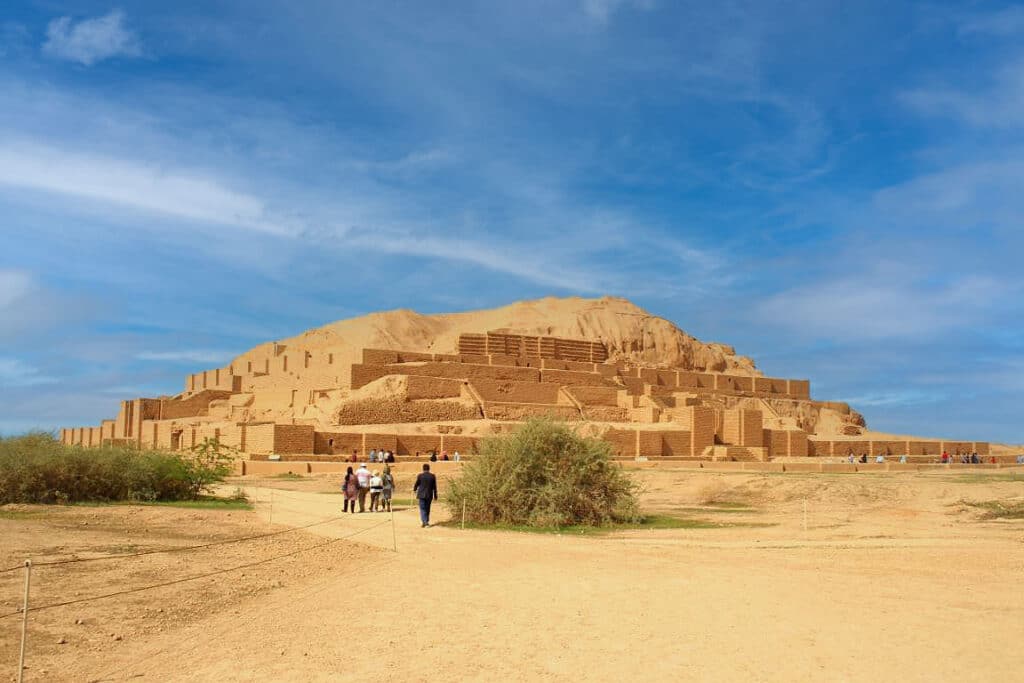
Architecture of the Ziggurat
The Ziggurat at Chogha Zanbil’s architecture showcases the Elamites’ ingenuity and artistic vision. Located in Iran’s Khuzestan province, it is one of the few surviving ziggurats outside Mesopotamia.
Tchogha-Zanbil, the current name, corresponds to ancient Dur Untash, situated along the Ab-e Diz, a Karun tributary. Founded by Untash-Napirisha (1275-1240 BC) as a religious capital, it lies between Anshân and Suse. Roman Ghirshman conducted extensive explorations of the site from 1951 to 1962.
The site holds the largest and best-preserved ziggurat of Mesopotamia. The first enclosure contains the temenos. Originally a square building dedicated to Inshushinak, it transformed into a ziggurat, forming its first storey. The remaining four storeys, unlike Mesopotamian counterparts, start from the court’s ground to cover the entire old central court.
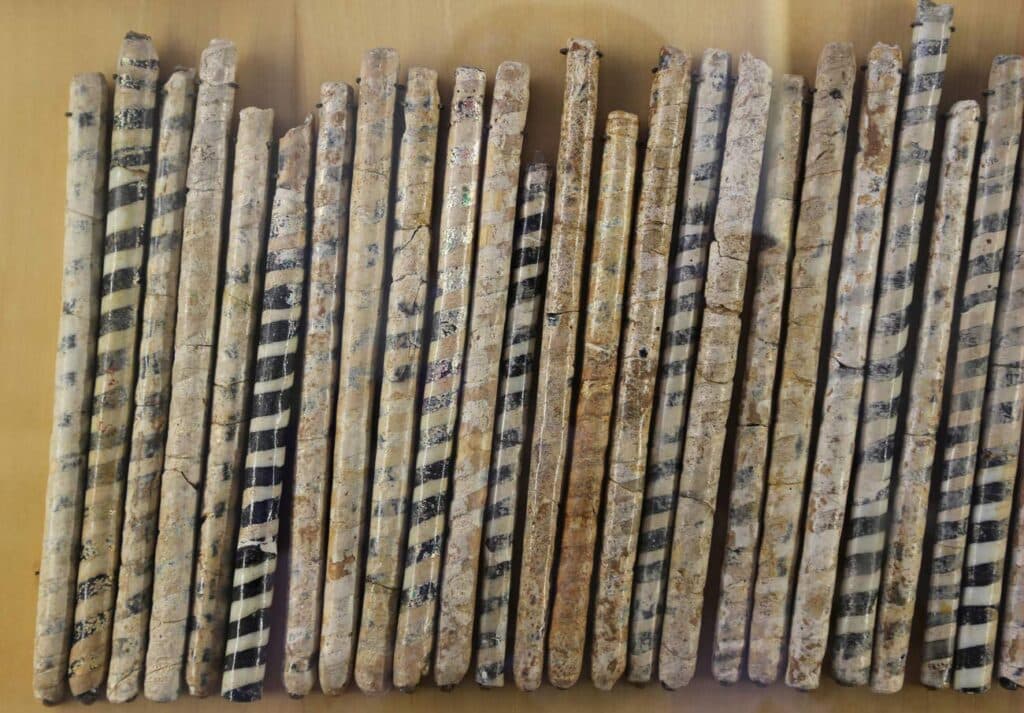
Access was via a vaulted staircase, hidden from the outside, differing from the broader Mesopotamian ziggurats with three external staircases. Today, the ziggurat stands at 25 m, with its last two stages, originally reaching 60 m, destroyed. It is sacred to both Inshushinak and Napirisha, the god of Anshân.
Northwest of the ziggurat, temples honored Ishnikarab and Kiririsha, within an oval wall.
The second, trapezoidal enclosure encompasses a large area. The third enclosure, with three palaces and a temple by the Royal Gate, encloses a big court. Its goal was to protect Dur Untash, but no houses were ever constructed in that area. The 13th-century BC Untash-Gal Palace was found here, distinct from the temenos.
Despite Assyrian damage, discoveries included various heads, statuettes, animals, amulets, and ivory mosaic panels.
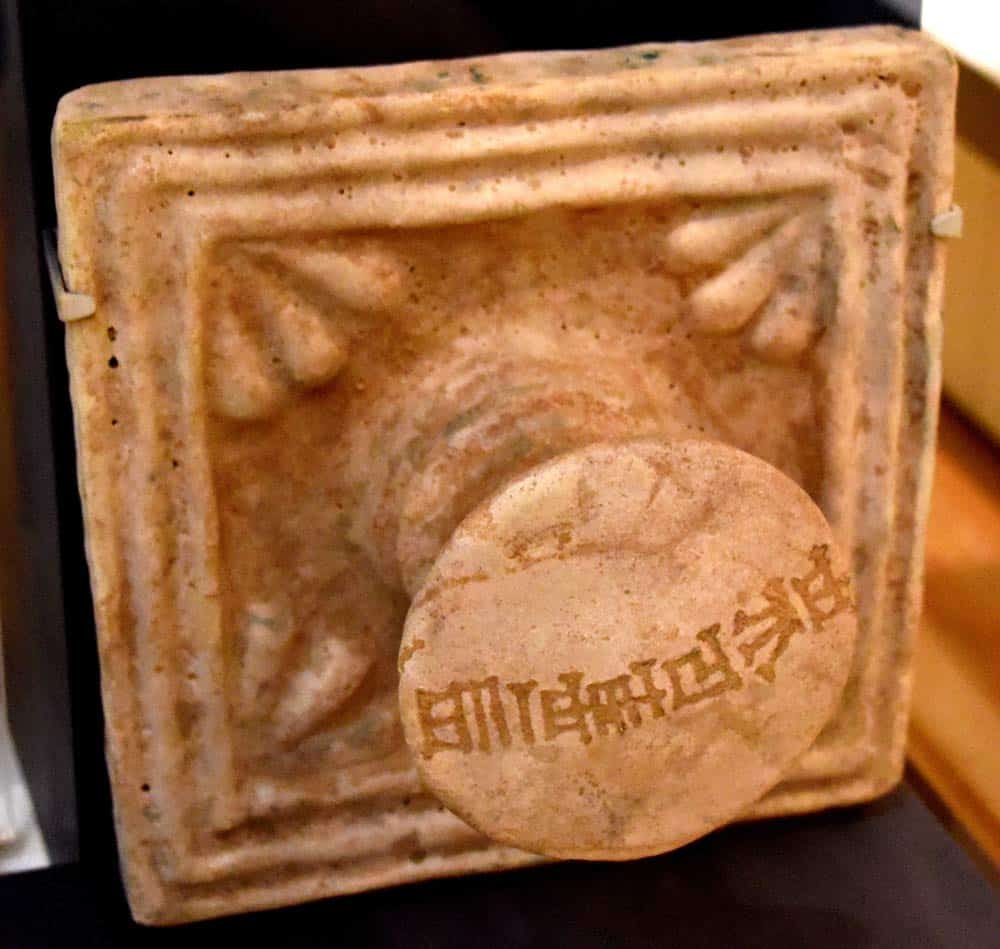
Vaulted tombs in the royal residence’s basement revealed cremation practices, alongside a temple dedicated to Nusku, the fire god.
To provide water, Untash-Napirisha constructed a 50 km channel to a reservoir, with nine conduits bringing filtered water to an internal basin.
In the 12th century BC, Elamite kings abandoned Dur Untash for Susa, transferring its treasures to newly restored temples there. In 640 BC, Assyrian king Assurbanipal completely destroyed Dur Untash, shortly after conquering Susa.
Design and Orientation
The ziggurat of Chogha Zanbil, precisely oriented towards the cardinal points, exemplifies ancient architectural planning. Its core consists of mud-brick, covered by a 2-meter thick layer of baked bricks.
Inscriptions and Dedication
Every eleventh row of baked bricks bears an inscription, dedicating the ziggurat to the “lord of Susa,” Inšušinak. These inscriptions offer valuable insights into the religious and cultural practices of the time.
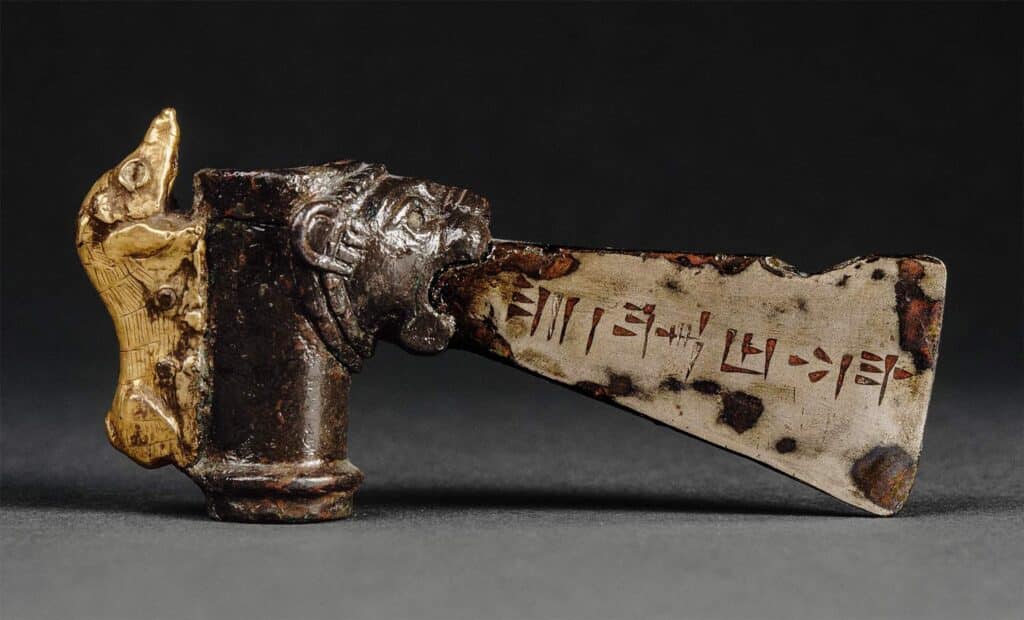
Terraces and Temples
The original ziggurat at Chogha Zanbil was part of an open courtyard, encircled by rooms for various purposes, including religious ceremonies.
Over time, builders added mud-brick terraces to the ziggurat. Each level was smaller than the one below, creating the iconic ziggurat shape.
Temple on the Summit
The ziggurat likely had four levels, with the kukunnum temple at the top as a fifth level. Over time, this highest temple may have honored various deities, showing changing religious trends.
Construction Materials
The use of baked brick, gypsum plaster, and architectural ornamentation in faience and glass underscores the sophistication and resources invested in the construction of the ziggurat.
Strategic Enclosures
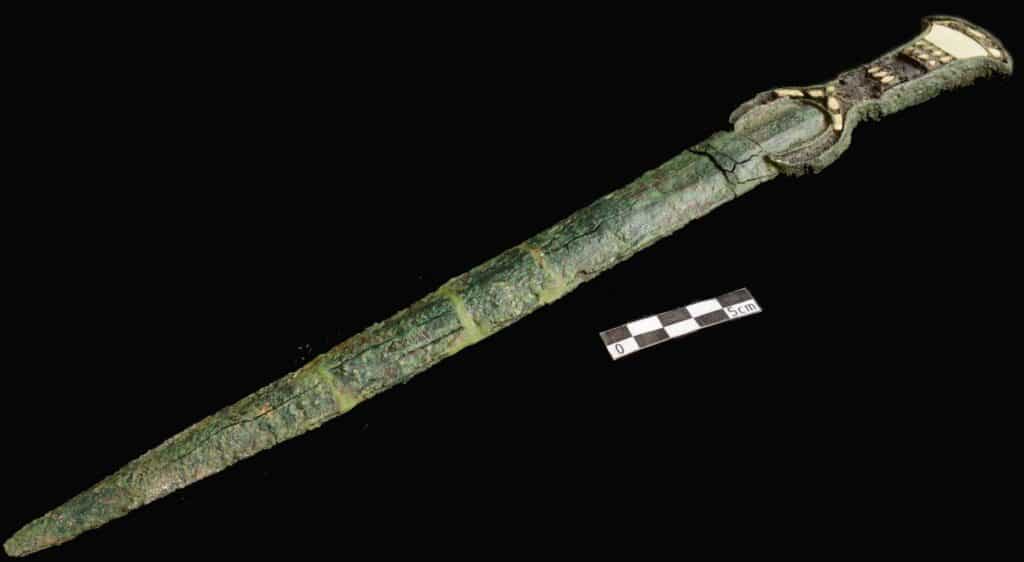
Two enclosure walls, featuring niches and buttresses, separated the ziggurat from the nearby town. This not only added to the grandeur of the structure but also played a strategic role in its defense and religious significance.
The architecture of the Ziggurat at Chogha Zanbil is a powerful symbol of the ancient Elamite civilization. Its intricate design, detailed inscriptions, and innovative construction techniques make it a fascinating subject for historians, archaeologists, and visitors from around the world.
Religious and Cultural Significance
The religious and cultural significance of Chogha Zanbil, an ancient Elamite complex, is profound and multifaceted. This UNESCO World Heritage site, originally named Āl Untaš dNapiriša, is more than just an architectural marvel; it’s a window into the spiritual life and practices of an ancient civilization.
In each city, the patron god owned the land around the temple, with the king as his steward. The king’s daughter often was the shrine’s high priestess.
Only priests entered the ziggurat temples, serving the gods. This gave them complete power in society.

Dedication to Deities
Chogha Zanbil mainly honored the Elamite god Inšušinak, “lord of Susa.” Ziggurat inscriptions confirm this. The summit temple also honored Inšušinak and Napiriša, showing Elamite religion’s dynamism.
Center for Pilgrimage and Burial Ground
After the death of its founder, King Untaš Napiriša, Chogha Zanbil remained an important religious pilgrimage site and a burial ground until about 1000 B.C.E. This emphasizes its continued spiritual significance well beyond its initial construction phase.
Enclosures and Temples
Two walls isolated the complex from the nearby city, enclosing temples. These temples honored Elamite gods like Pinikir, two divine couples, and eight gods. Votive figurines in these temples reveal Elamite religious customs.
Votive Offerings and Religious Practices
The discovery of votive figurines, inscribed faience bulls, and other artifacts in the temples suggests elaborate religious ceremonies and offerings. These findings give us a glimpse into the ritualistic aspects of Elamite religion.
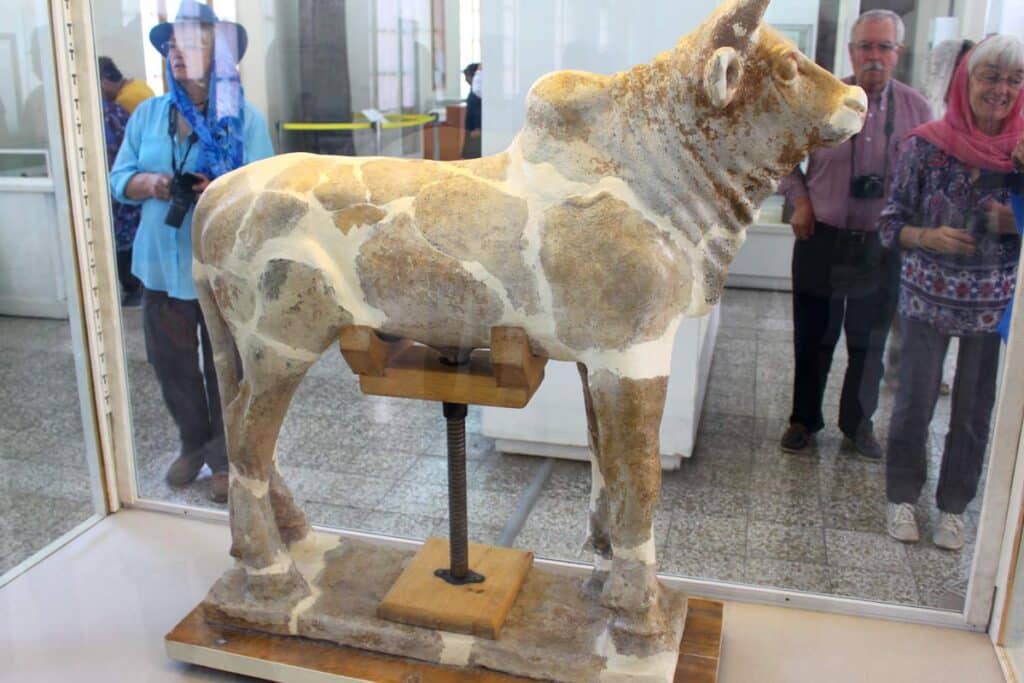
Architectural Reflection of Beliefs
The design and construction of the ziggurat itself, with its strategic orientation and tiered structure, likely reflect religious beliefs and cosmological views of the Elamites. The architectural grandeur of the site is indicative of its spiritual importance.
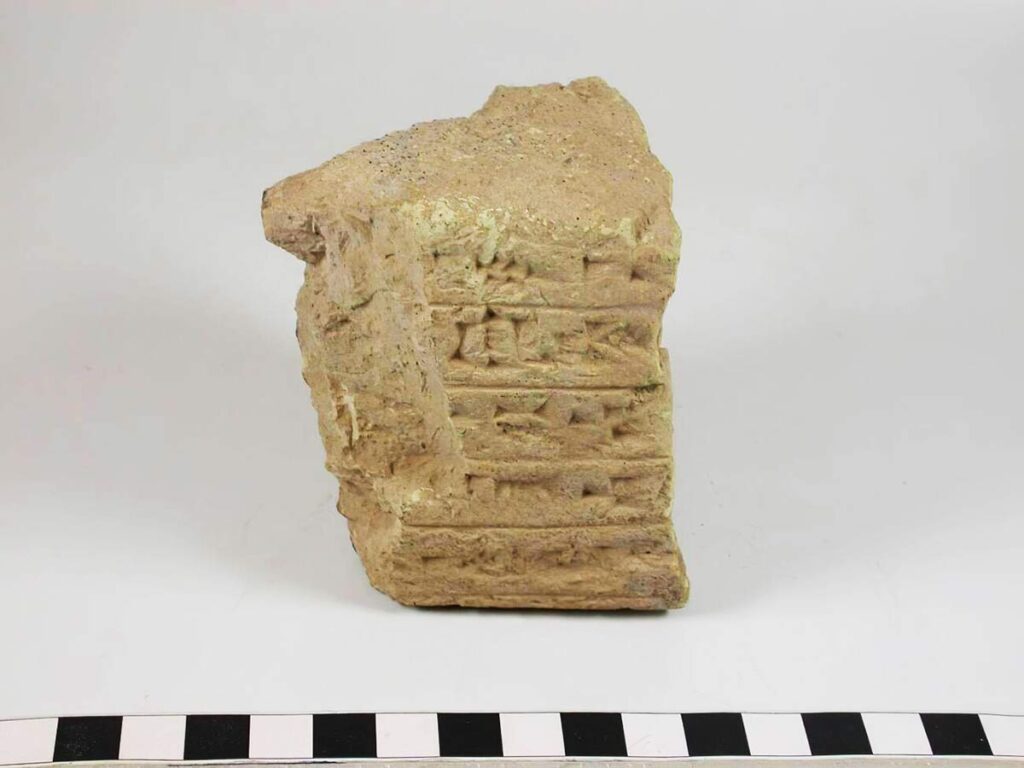
Integration of Political and Religious Power
Chogha Zanbil served as both a capital city and a religious center, integrating political and religious power in Elamite society. The city aimed to be a federal sanctuary for the Elamite realm’s principal gods.
Chogha Zanbil’s significance extends beyond its physical structures. It embodies the spiritual life, rituals, and artistic expression of the Elamites. This site is crucial for understanding the religious practices, political dynamics, and cultural richness of an ancient civilization that shaped the history of the Near East.
Archaeological Discoveries
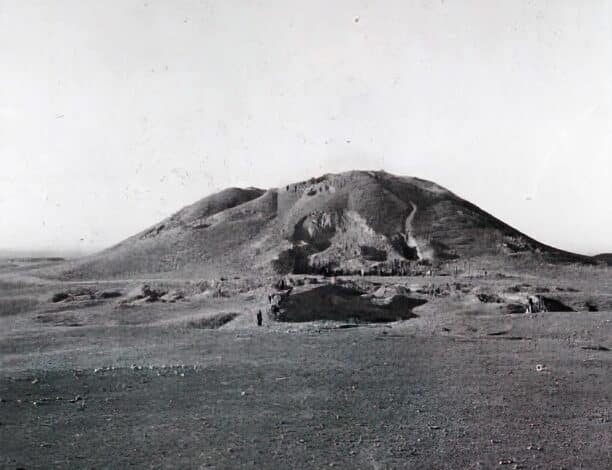
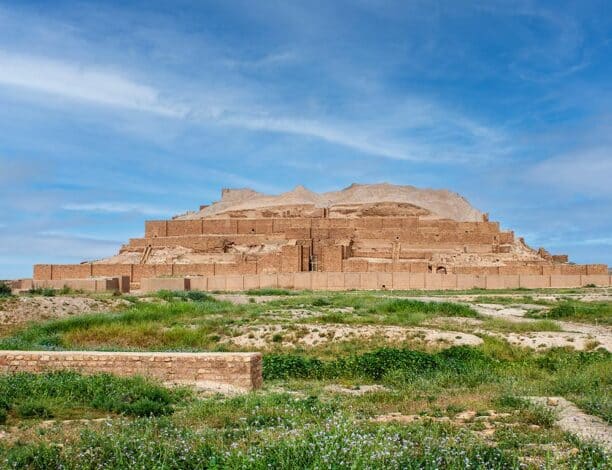
Chogha Zanbil, an ancient Elamite complex located in Iran, is a site of immense archaeological value. Its discovery and subsequent excavations have unveiled a wealth of artifacts and structures that provide insight into the Elamite civilization, their culture, religion, and architectural prowess.
Major Excavations and Findings
The initial discovery and excavation of Chogha Zanbil were led by Roman Ghirshman in the 1930s. These excavations revealed the site’s iconic feature: a massive ziggurat dedicated to the Elamite god Inshushinak. This ziggurat, originally designed to be a five-tiered pyramid, remains one of the best-preserved examples of this type of structure.
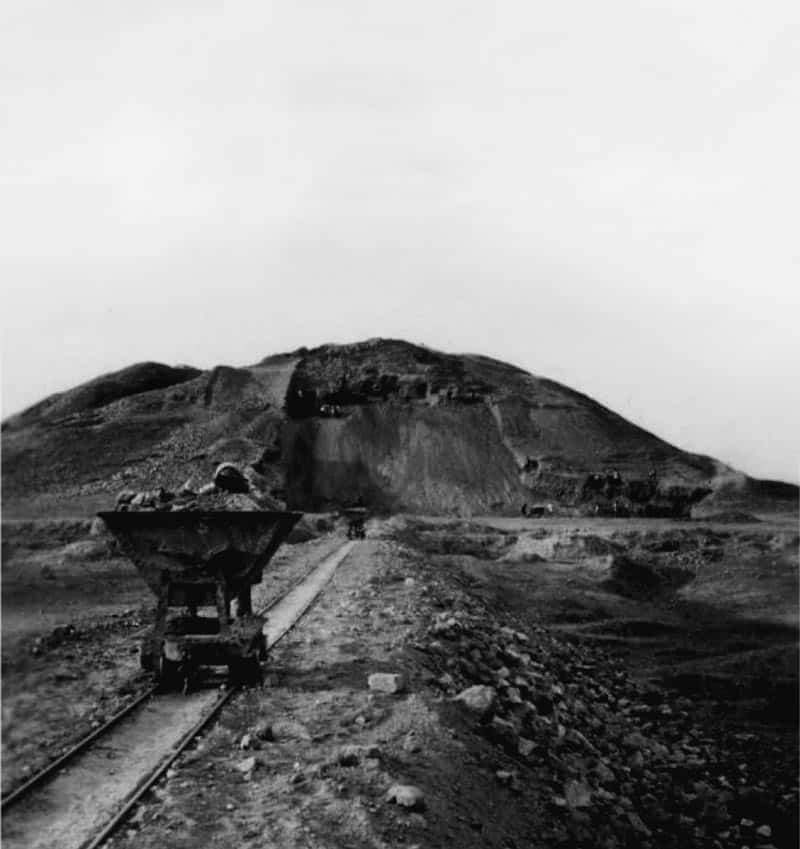
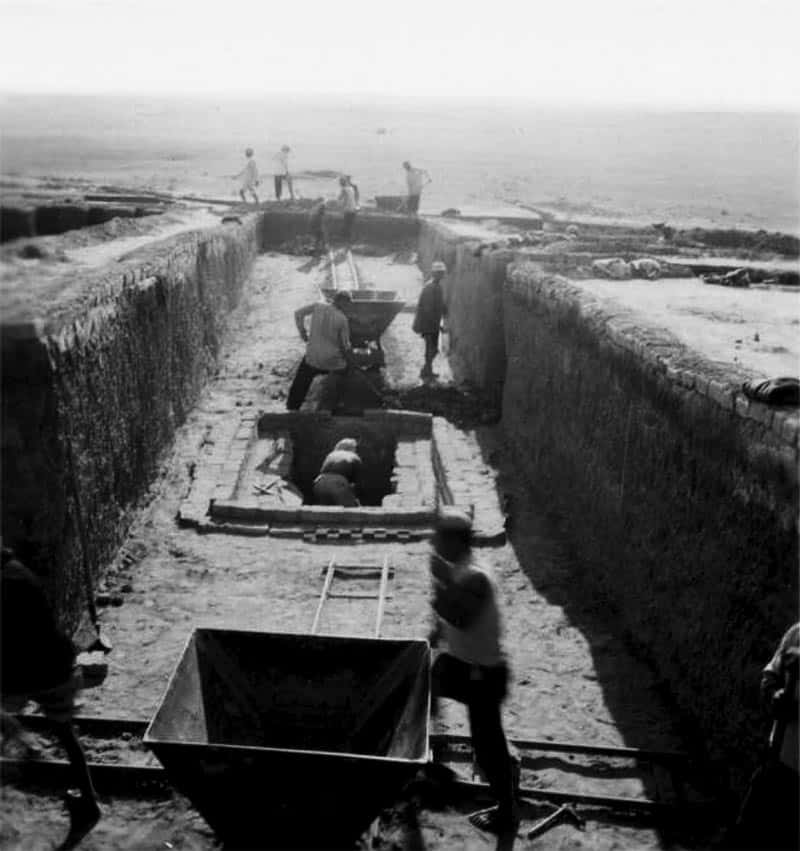
Further explorations uncovered a series of temples surrounding the ziggurat, dedicated to various Elamite deities. These temples held numerous artifacts, including votive statues, stone mace-heads, and bronze weapons, highlighting the religious significance of Chogha Zanbil.
The archaeological teams also unearthed residential and palatial structures, indicating the city’s status as both a religious and administrative center. These buildings, constructed with baked brick, gypsum plaster, and ornate faience, showcase the advanced building techniques of the Elamites.
Artifacts and Their Significance
The artifacts discovered at Chogha Zanbil offer a fascinating glimpse into the Elamite civilization. Key findings include:
Votive Statues and Reliefs
These statues, often found in the temples, were offerings to the gods. They provide insights into the religious beliefs and artistic styles of the Elamites. The reliefs, depicting various deities and mythological scenes, highlight the rich spiritual life of the ancient city.
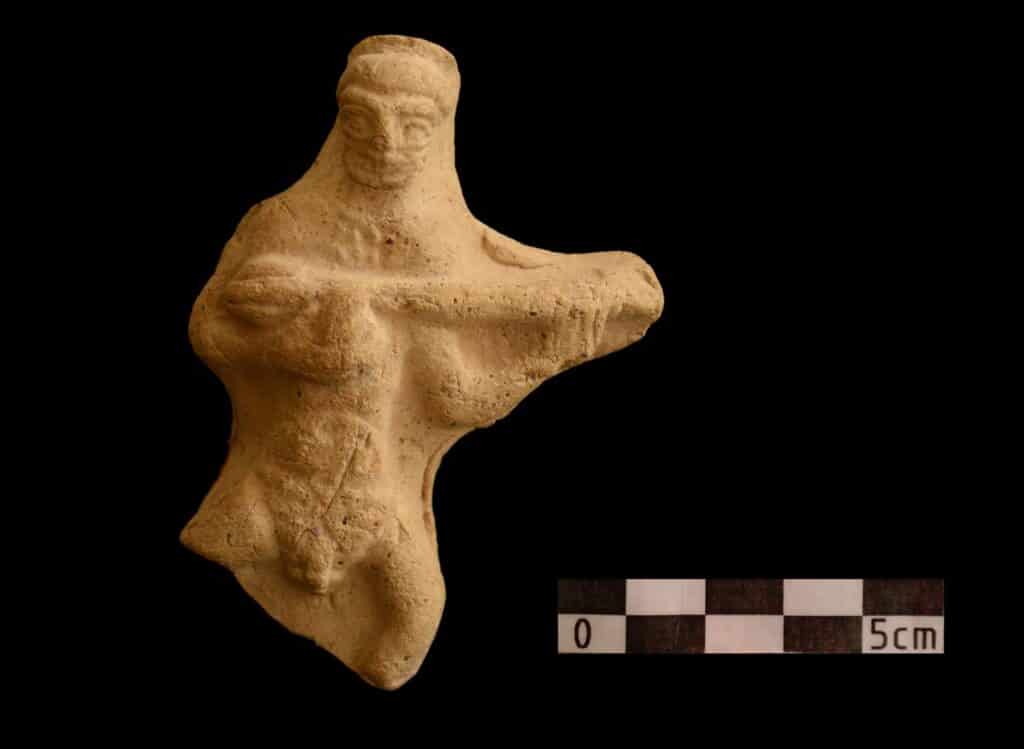
Stone Mace-Heads and Bronze Weapons
These artifacts, found in both religious and administrative buildings, underscore the importance of martial prowess and ceremonial symbolism in Elamite culture. They also reflect the craftsmanship and technological capabilities of the time.
Cylinder Seals
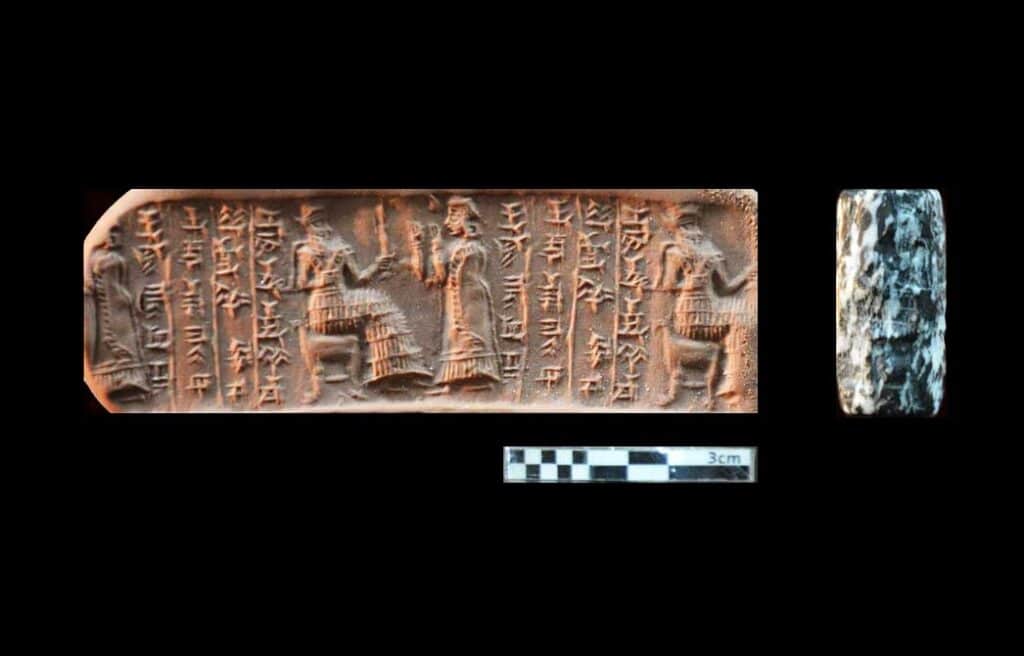
Used for administrative purposes and as symbols of power and identity, these seals found in Chogha Zanbil are intricate and beautifully crafted, showcasing the high level of artistry in the Elamite society.
Faience Tiles
The use of faience, a type of glazed ceramic, in decorating buildings, particularly temples and palaces, demonstrates the Elamites’ skill in producing and using luxury materials.
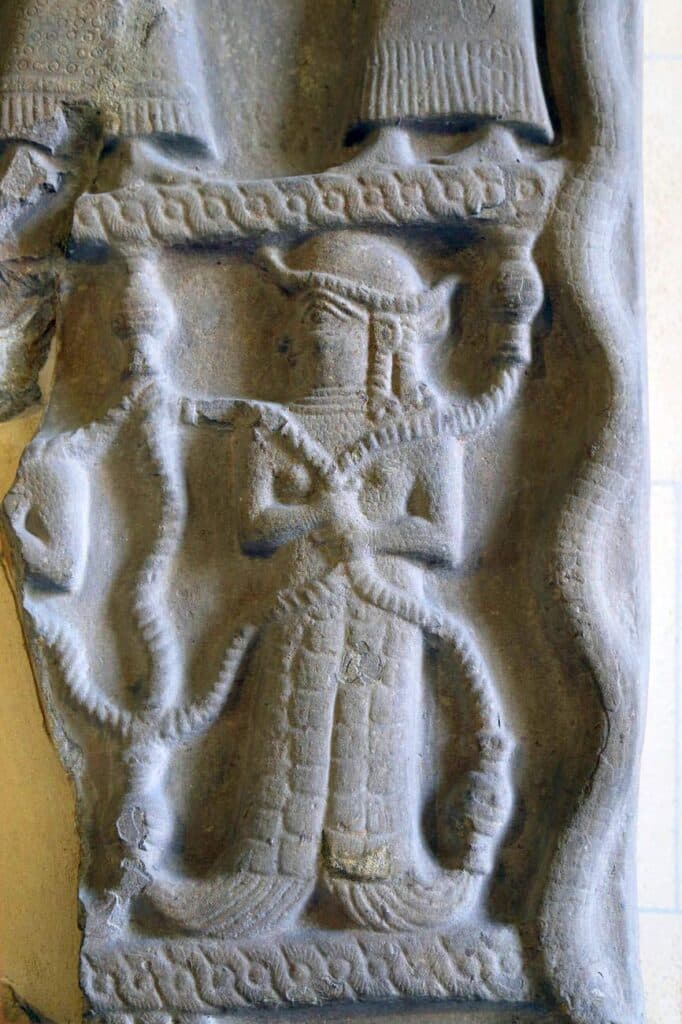
Museum Exhibitions and Displays
Museums worldwide display artifacts from Chogha Zanbil, connecting us to this ancient civilization. These exhibitions typically include:
3D Reconstructions and Models
To help visitors visualize the original structures, some museums feature detailed models of the ziggurat and the city layout.
Interactive Displays
Utilizing modern technology, these displays offer an immersive experience, allowing visitors to explore the history and significance of Chogha Zanbil in an engaging way.
Thematic Exhibits
Focusing on aspects like religion, art, or daily life in Elamite civilization, these exhibits provide a deeper understanding of the context and importance of the artifacts.
Read More



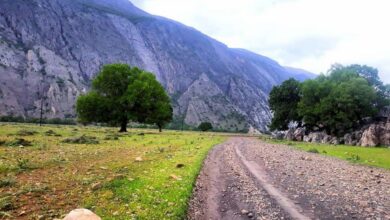
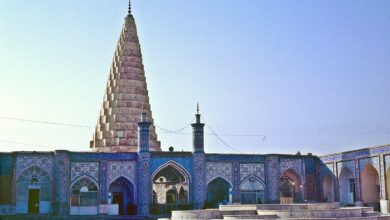
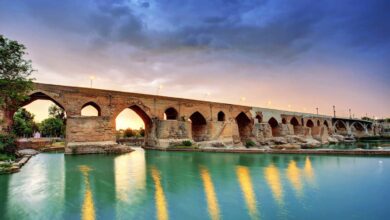
Hi
Thanks for the information